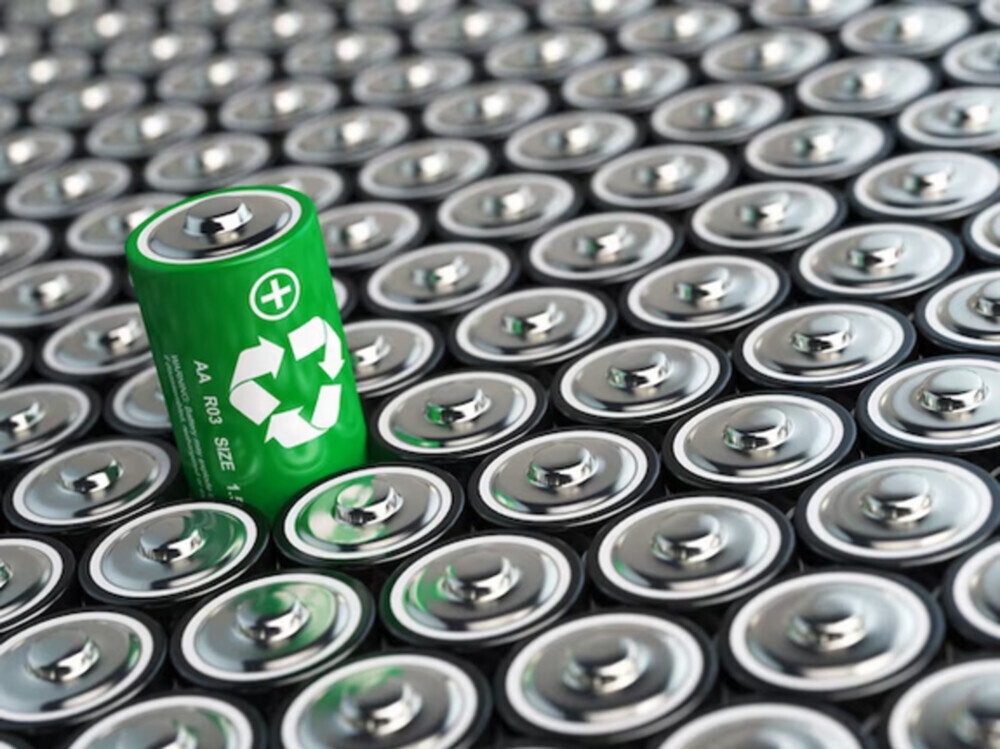Introduction
The widespread adoption of battery technologies has revolutionized the energy landscape, powering portable devices, electric vehicles, and renewable energy storage systems. However, as the use of batteries continues to soar, so does the challenge of managing their end-of-life disposal. This article delves into the complexities of battery waste disposal, exploring the environmental impact, current disposal practices, and essential strategies to bridge the energy divide responsibly.
The Rise of Battery Technologies
-
Ubiquity of Batteries: Batteries have become integral to modern life, powering an array of devices from smartphones to electric cars. The surge in renewable energy solutions has further increased the demand for energy storage systems, contributing to the widespread adoption of batteries.
-
Environmental Implications: While batteries enhance convenience and enable cleaner energy alternatives, they pose environmental challenges, particularly at the end of their lifecycle. The improper disposal of batteries can lead to hazardous waste, environmental pollution, and resource depletion.
Current Battery Waste Disposal Practices
-
Landfill Disposal: Historically, a significant portion of batteries has ended up in landfills. This practice poses environmental risks as toxic materials in batteries, such as lead and cadmium, can leach into the soil, contaminating groundwater and harming ecosystems.
-
Incineration: Incineration is another method employed for battery disposal, aiming to reduce the volume of waste. However, this process releases potentially harmful emissions and may not effectively address the environmental impact of battery components.
The Essentials of Responsible Battery Waste Disposal
-
Recycling Technologies:
- Material Recovery: Advanced recycling technologies play a pivotal role in responsible battery waste disposal. These methods focus on material recovery, extracting valuable components like lithium, cobalt, and nickel for reuse in new batteries or other industries.
- Reducing Environmental Impact: Recycling helps minimize the environmental impact of battery waste by preventing the release of hazardous materials into the environment and reducing the demand for extracting new resources.
-
Collection and Segregation Programs:
- Establishing Collection Centers: Implementing collection centers for used batteries encourages proper disposal. Public awareness campaigns can educate consumers on the importance of depositing batteries at designated collection points.
- Segregation for Efficient Recycling: Efficient segregation of batteries based on type and chemistry is crucial for effective recycling. Different battery chemistries require specialized recycling processes, emphasizing the need for accurate sorting.
-
Extended Producer Responsibility (EPR):
- EPR Programs: Governments and industries can implement Extended Producer Responsibility (EPR) programs, placing the onus on manufacturers to manage the end-of-life disposal of their products. EPR encourages producers to design batteries with recycling in mind and invest in responsible disposal practices.
-
Research and Innovation:
- Biodegradable Battery Components: Ongoing research focuses on developing batteries with biodegradable components. This innovation aims to reduce the environmental impact of battery waste by creating components that naturally decompose over time.
-
Educational Initiatives:
- Public Awareness Campaigns: Education and awareness play a crucial role in responsible battery waste disposal. Public awareness campaigns can inform consumers about the environmental impact of improper disposal and the importance of recycling batteries.
Challenges and Considerations for Future Development
-
Technology Diversity:
- Diverse Battery Chemistries: The variety of battery chemistries presents a challenge for recycling facilities, as each type may require a unique recycling process. Developing standardized methods to address diverse battery chemistries is crucial for efficient and cost-effective recycling.
-
Economic Viability:
- Cost of Recycling: The economic viability of recycling programs is a significant consideration. Balancing the costs associated with advanced recycling technologies against the environmental benefits is essential for widespread adoption.
-
Regulatory Frameworks:
- Global Standards: Developing and implementing global standards for battery waste disposal ensures consistency in recycling practices. Regulatory frameworks play a key role in encouraging responsible disposal and holding industries accountable for their environmental impact.
Conclusion
The proliferation of battery technologies has undeniably transformed the energy landscape, but the responsible management of battery waste is critical for sustainable progress. Bridging the energy divide involves adopting comprehensive strategies that prioritize recycling technologies, collection programs, Extended Producer Responsibility, research, and public education.
As technology continues to advance, the responsible disposal of battery waste will become an increasingly significant aspect of environmental stewardship. By embracing innovative recycling methods, fostering public awareness, and establishing robust regulatory frameworks, society can bridge the energy divide and create a sustainable pathway towards a future where batteries power progress without compromising the environment. Responsible battery waste disposal is not just a necessity; it is a collective commitment to preserving the planet for generations to come.


No comments yet